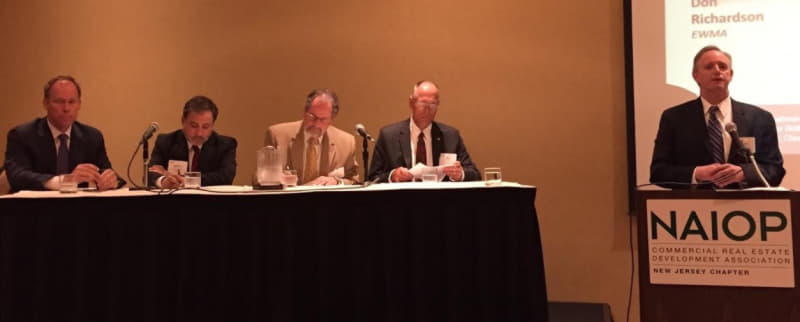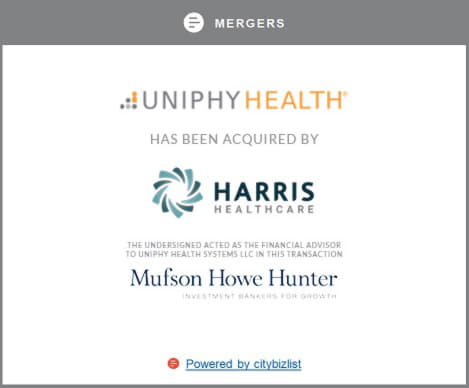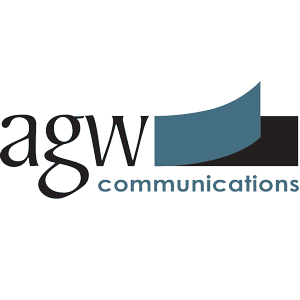Annual Update Focused on Critical Environmental Issues

(L-R): Clark Machemer, Andrew Robins, Jorge Berkowitz, Ken Kloo and Don Richardson.
Regulatory and legislative changes related to critical water resource management and environmental remediation – and their impact on the commercial real estate industry – were the topics of discussion during NAIOP New Jersey’s Annual Regulatory, Legislative and Legal Update seminar, held at the Sheraton Hotel in Edison, N.J.
“It is imperative that real estate professionals keep current with government policies and programs that affect their day-to-day businesses,” noted Michael McGuinness, CEO of NAIOP NJ.
Keynote speaker Senator Bob Smith, Chair of the Senate Environment Committee, offered insight into efforts by the New Jersey DEP to streamline the state’s flood hazard area laws. “The critical issue is whether or not the state’s rules are in line with federal laws designed to prevent the deterioration of stream quality and function. The proposals presented last year by DEP did not meet legislative intent, and we worked together to develop new rules that are significantly better. The proposal is currently on the state Senate floor, but the Assembly feels there is still room for improvement.”
Senator Smith expressed confidence that a compromise will be reached that will satisfy environmentalists and the regulated community. “People of good will are working to ensure the protection of water quality in New Jersey.”
Improving Water Quality and Resource Management
Yoskin, partner and chair of the Environmental Practice Group at Sokol Behot, LLP, facilitated a panel discussion that addressed a number of water resource issues, including infrastructure, stormwater management, and quality.
Colleen Kokas, director of the New Jersey DEP Water Resource Management Office of Operations and Coordination, provided an update on changes introduced in October 2015 to streamline the site-specific permitting and approval process. “The goal is to remove barriers to allowing good projects to proceed. This effort to simplify an unnecessarily cumbersome process is in no way a relaxation of environmental anti-degradation rules.”
David Zimmer, executive director of New Jersey Environmental Infrastructure Trust (EIT), explained how the agency helps fund water infrastructure projects in local communities across the state. “We are an independent state agency that works with the DEP to provide financing for environmental projects at the community level. Combining our funds with state funding, we are able to save clients 25 to 40 percent of the cost of construction over the length of a project.”
Although the EIT does not lend directly to private companies, Zimmer said they have been involved in a number of conduit redevelopment programs where municipalities receive funding to support commercial projects. “We compete with banks, not with the state agencies, so our process is streamlined. We can give you a construction loan based on the timing of your project, not on arbitrary deadlines.”
Addressing New Jersey’s aging underground water infrastructure, Don Shields, vice president and director of engineering for New Jersey American Water, said, “Water main breaks and loss from leakage are critical issues. There are systems where losses can average 30 to 60 percent.” Noting that American Water’s capital improvement budget is $250 million a year and the company supplements this with funds from the EIT, Shields added, “It is critical for us to maintain the water delivery structure to ensure adequate supply, both now and in the future.”
Site Remediation Process Update
A panel led by Don Richardson, president of EWMA, examined key issues related to the Site Remediation Reform Act (SRRA), which has changed the process used to conduct environmental investigations and cleanups in New Jersey. The discussion focused on the mandatory timeframes established for remediation projects and the consequences of failing to comply.
“In the past we had remediation projects that failed to be completed for more than 30 years,” said Ken Kloo, director of the New Jersey DEP Division of Remediation Management. “Now there are punitive issues for failure to comply that provide powerful incentives for not missing set milestones.”
Enforcement requires direct oversight by the DEP, and the responsible party must adhere to specific requirements that include engaging a Licensed Site Remediation Professional (LSRP), performing a feasibility study, establishing a remedial trust fund based on projected costs and paying an annual surcharge.
Panelists discussed the SRRA’s impact on projects currently on the books, in particular the implications for clients interested in purchasing sites that require remediation. Clark Machemer, senior vice president of The Rockefeller Group and current president of NAIOP N.J, said that his firm has been focused on educating its clients. “They need to understand that if they acquire a site that is about to miss a deadline or is already in direct oversight, they will be responsible for taking on the obligations.”
Jorge Berkowitz, senior associate with Langan Engineering and Environmental Services, advised developers to “do your due diligence for any property you are purchasing. Communication with your LSRP is paramount, as is getting a regulatory assessment of the site. Otherwise you could be walking onto a minefield and not know it.”
Kloo noted that the department was willing to work prior to purchase with firms interested in rectifying remediation projects. “We can make adjustments to the direct oversight process and certain provisions can be waived. We have helped clients negotiate new timeframes and simplify the entire process.”
The panel also discussed issues related to the Remedial Action Permits (RAPs). Andrew Robins, Of Counsel with Sills Cummis & Gross PC, cited the length of time it took to complete the application process. “It can take as long as nine months to get an RAP approved. Particularly in the case of soil caps, we need to address why the DEP is requiring firms to go through such a lengthy process for something that represents such a low risk to the public.”
Machemer added, “Accelerating the entire process is critical. Ken and his team are working on making improvements, which will be much appreciated by the development community.”
Kloo said that despite these issues, the program was producing results. “Non-compliance has dropped from 90 percent to 17 percent. Programs like this are essential to protecting human health and the environment.”









